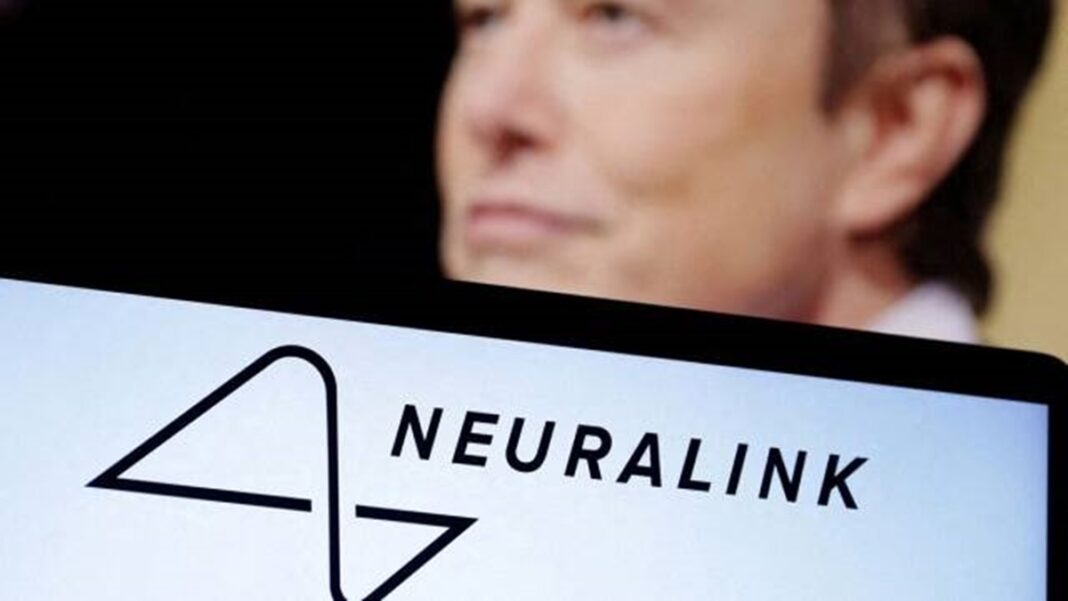Neuralink, the neurotech company co-founded by Elon Musk, said last week that it had received approval from the Food and Drugs Administration, the US’ pharma and devices regulator, to begin human trials for its brain-implant. Sarthak Ray takes a look at the company, the technology it is promoting and its potential impact. The company Neuralink, founded in 2016, is backed by Elon Musk .
As per a Washington Post report, it has more than 400 employees and has raised at least $363 million. The company says its mission is to “create a generalised brain interface to restore autonomy to those with unmet medical needs today and unlock human potential tomorrow. ” Brain-computer interface (BCI) is a technological field involving a communication pathway that decodes brain activity and relays it to an electronic/digital device(s) to execute certain functions.
Also Read The future and evolution of healing Spending a lot of time on your phone? You are at risk of THESE medical conditions An Overview of Emerging Technologies within the Pharmaceutical Industry How Indian startups are revolutionizing the healthcare sector Also read: AstraZeneca India appoints Bhavana Agrawal as Chief Financial Officer with effect from October BCI products are already in various stages of trials. For instance, Blackrock Neurotech’s products address various forms of physical and mental disability of neurological origin. It has FDA-approved products used in humans since the past seven years.
Neuralink’s ‘brain chip’ The company’s computer chip can be fixed to the brain surface with the help of a robotic device. The Neuralink brain chip is fully implantable, so, it can’t be seen from the outside. Called the N1 implant, it comprises custom, low-power chips and electronics that process neural signals and transmit them wirelessly to the Neuralink Application, which then decodes the data stream into actions and intents.
The biocompatible implant has a small battery that can be charged wirelessly from the outside via an inductive charger. The implant records neural activity through 1,024 electrodes, distributed across 64 threads. The company says the threads are highly flexible and thinner than human hair — infact, so fine that they can’t be inserted by the human hand and need a robot to conduct the implanting process.
The threads are designed to be so thin to prevent damage to the user’s physiology. Robot ‘surgeon’ Given the threads are very, very fine, Neuralink developed a surgical robot to insert the threads at exact locations. The base structure and motion stage provide the structural platform the robot head and three-axis linear motion used to position the head and the needle.
The robot’s head contains five camera systems and the optics for an optical coherence tomography (OCT) system. Difference with competitors Also read: Cancer survivors who quit smoking have 36 percent lower cardiovascular risk than continuers One difference is in terms of the bandwidth —N1’s is several times higher than most rival products. The other difference is that Neuralink’s approach is more invasive, with rivals products sitting outside the brain’s surface or even being detachable.
But the seminal difference is terms of envisioned end-use. While most BCI players are looking at addressing neurological pathologies, Neuralink eventually aims to enhance human function with its implants. Scope and risks of brain implants, and the road ahead for Neuralink As far as treating neurological complications go, brain implants could prove an invaluable leap.
To illustrate, Blackrock Neurotech’s implant has the potential to help people left paralysed by strokes regain motor functions. Though the process of generation of new brain cells, is possible (via stems cells in certain regions of the brain), this process becomes so slow in adults that it is held to be absent. Thus, BCI products are a substitute for neurons & synapses.
The challenges, as of now, seem to be replacing older products with upgrades — likely to make the process heavily invasive. And the loss of function through wear and tear. There are ethical concerns also in terms of human capacity enhancement.
What if the technology remains too expensive for a large chunk of the population? Won’t the the implants thenexacerbate inequalities? The road ahead for Neuralink, though, is far from certain. While human trials could begin soon —Musk had said last November that he expected these trials in the next six months — sanction for trial hardly means approval for use. That brigde needs to be crossed.
For now, there is an active patient registry on Neuralink’s website, though only those with specific conditions — including paralysis, blindness, deafness or the inability to speak — can register. .
From: financialexpress
URL: https://www.financialexpress.com/healthcare/healthtech/neuralink-and-brain-implants-potential/3112148/



